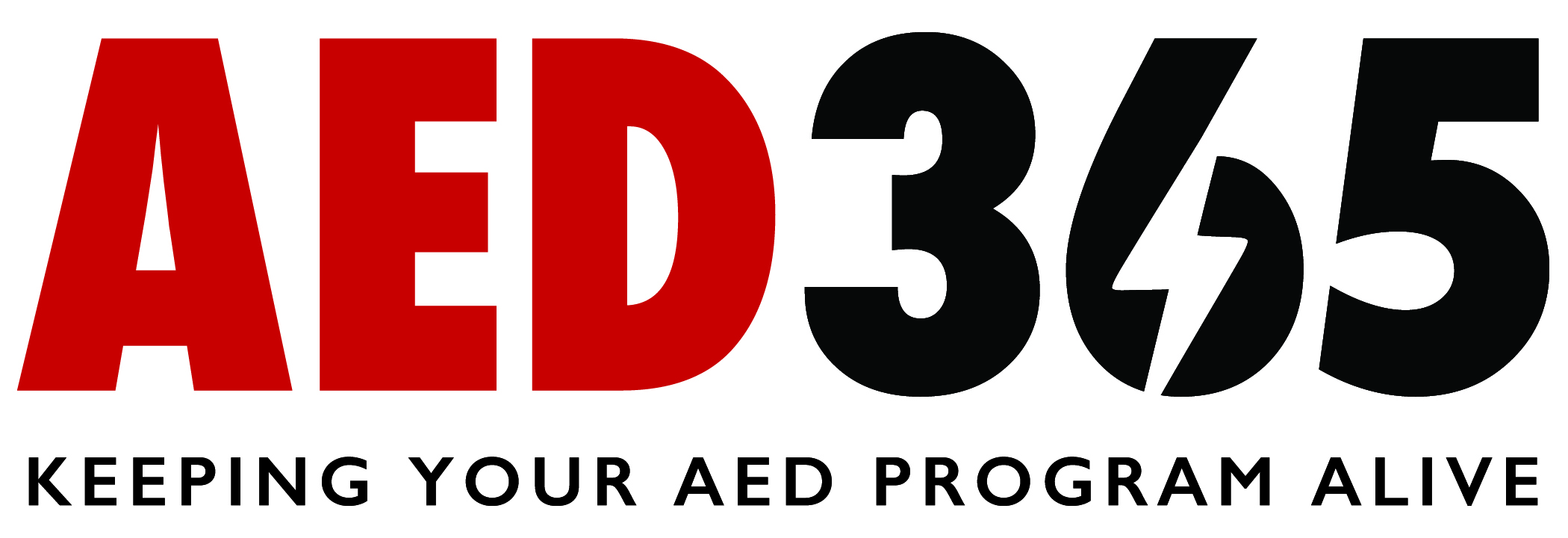Author: Marcy Burnham, RN
Every year during the third week of May, communities across the United States come together to recognize and celebrate Emergency Medical Services (EMS) Week—a time dedicated to honoring the brave individuals who serve as the first line of care in times of crisis. These professionals, often the first on the scene, are more than just responders; they are true heroes who deliver life-saving support when every second counts.
EMS professionals include paramedics, emergency medical technicians (EMTs), dispatchers, and support staff who work tirelessly, often in high-stress, unpredictable situations. Whether it’s a car accident, a cardiac arrest, or a natural disaster, EMS teams are trained to handle emergencies with skill, speed, and compassion.
These heroes don’t clock out at five or take holidays off. They work around the clock, in all weather conditions, often putting their own safety at risk to protect and care for others. Their commitment to their communities is nothing short of extraordinary.
To be in EMS is to answer a calling. It takes a special kind of person to remain calm under pressure, to act decisively when lives are on the line, and to offer comfort to patients and families in their most vulnerable moments. EMS workers are teachers, caretakers, and crisis managers all rolled into one. They are trained professionals—but also your neighbors, friends, and family members.
EMS Week isn’t just a calendar event—it’s a heartfelt reminder to express our appreciation. It’s a time to say “thank you” to the paramedics who revived a loved one, to the EMTs who showed kindness in a moment of fear, and to the dispatchers whose calm voices guide people through emergencies long before help arrives.
Hospitals, fire departments, schools, and municipalities across the nation host events, recognition ceremonies, and educational initiatives to celebrate and support EMS professionals. But beyond the banners and thank-you cards, the greatest gift we can offer is respect, advocacy, and continued investment in their training, equipment, and well-being.
As we celebrate EMS Week, let’s carry forward a deeper appreciation for the men and women who serve with courage and compassion. Let’s teach our children about the important work they do, support policies that protect and empower them, and never forget that in the most critical moments, EMS professionals are there—steadfast and ready.
To all EMS workers: Thank you. You are heroes in every sense of the word, and your service does not go unnoticed.
Office: (205) 417-4711
Email: info@aed365.com










